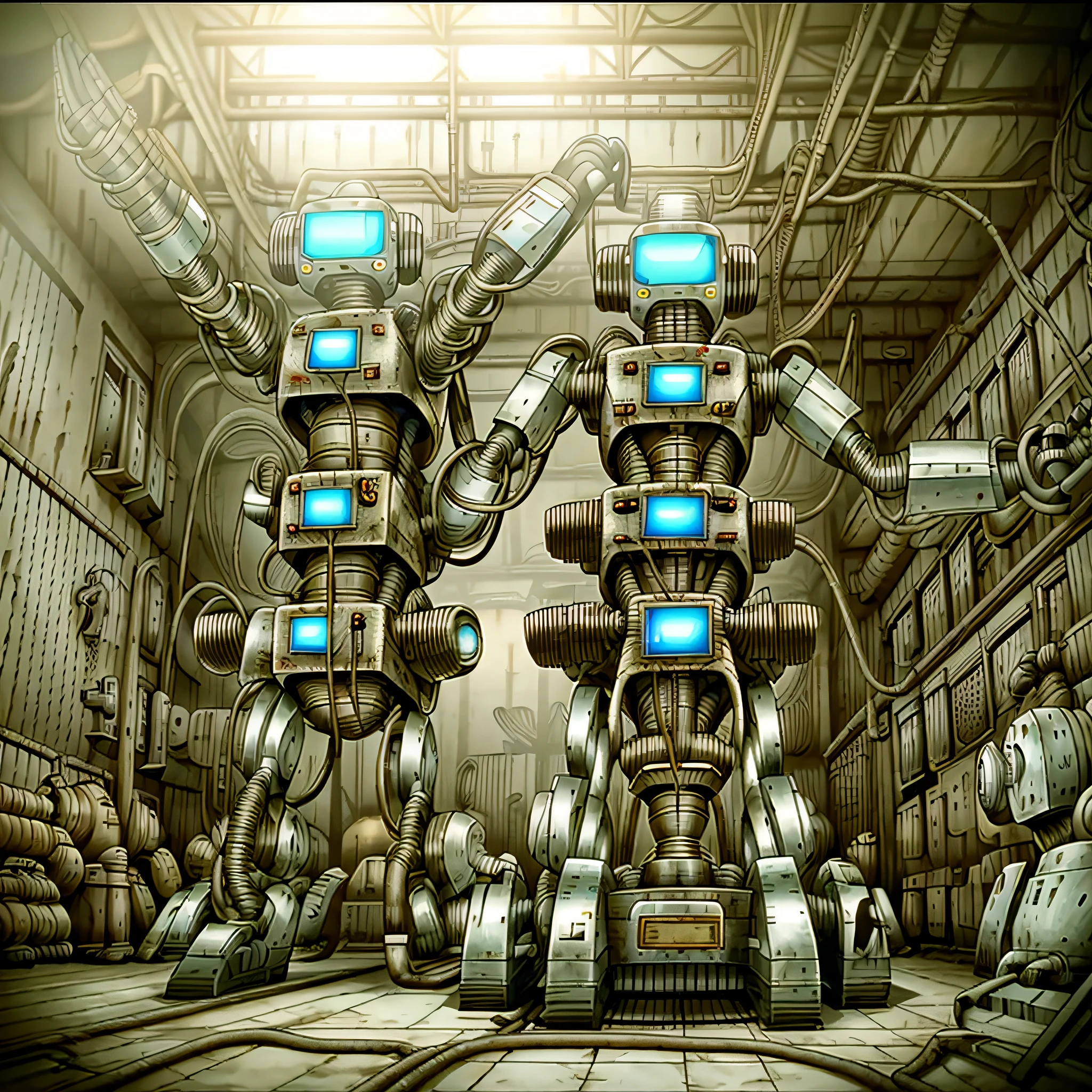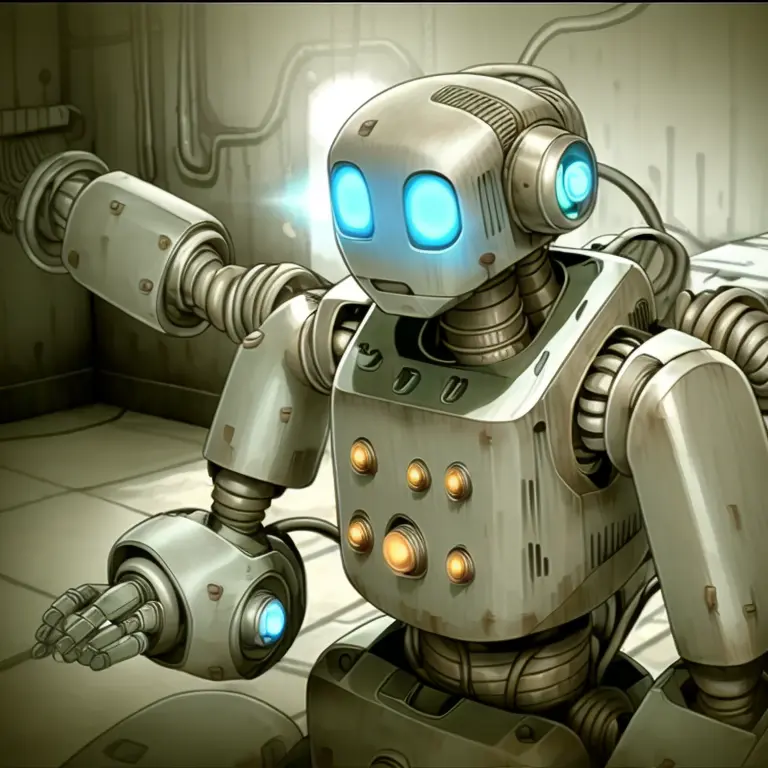There are two robots that are standing in a room


今天想和你聊點刺激的,來嗎?
History of Robots Topic 1: The origins Early concepts of robots date back to antiquity, with myths and legends of automata created by ancient civilizations, such as the bronze statue of Talos in Greek mythology. In the nineteenth century, the word "robot" was coined by the Czech writer Karel Čapek in his play "RUR" (Rossum's Universal Robots), where humanoid robots were mass-manufactured. Science fiction popularized the idea of robots with works like Mary Shelley's "Frankenstein" and Isaac Asimov's "I, Robot." Topic 2: Technological advancement With advances in electronics and engineering, the possibility of building real robots has become a reality in the twentieth century. The first programmable robot appeared in 1954, called the Unimate, which was used in the automobile industry for development tasks. In the following years, more advanced industrial robots were integrated, capable of performing a variety of tasks, from assembly to painting. Topic 3: Robotics and automation Over time, robotics has evolved beyond industry, being applied in diverse areas such as medicine, space exploration, agriculture, and entertainment. Surgical robots, for example, have revolutionized medicine, enabling more precise and minimally invasive procedures. In space exploration, robots have been sent to distant planets and moons to perform data collection and reconnaissance tasks. Topic 4: Artificial Intelligence Artificial intelligence plays a crucial role in the advancement of robots, allowing them to learn, make decisions and interact with the environment. AI systems have become increasingly sophisticated, with machine learning algorithms and neural networks able to recognize complex patterns and adapt their behavior. This has resulted in the development of autonomous and humanoid robots, such as Honda's famous ASIMO robot, capable of walking, climbing stairs and interacting with people. Topic 5: Impact and challenges
提示詞
復製
History of Robots
Topic 1: The origins
Early concepts of robots date back to antiquity, with myths and legends of automata created by ancient civilizations, such as the bronze statue of Talos in Greek mythology.
In the nineteenth century, the word "robot" was coined by the Czech writer Karel Čapek in his play "RUR" (Rossum's Universal Robots), where humanoid robots were mass-manufactured.
Science fiction popularized the idea of robots with works like Mary Shelley's "Frankenstein" and Isaac Asimov's "I, Robot."
Topic 2: Technological advancement
With advances in electronics and engineering, the possibility of building real robots has become a reality in the twentieth century.
The first programmable robot appeared in 1954, called the Unimate, which was used in the automobile industry for development tasks.
In the following years, more advanced industrial robots were integrated, capable of performing a variety of tasks, from assembly to painting.
Topic 3: Robotics and automation
Over time, robotics has evolved beyond industry, being applied in diverse areas such as medicine, space exploration, agriculture, and entertainment.
Surgical robots, for example, have revolutionized medicine, enabling more precise and minimally invasive procedures.
In space exploration, robots have been sent to distant planets and moons to perform data collection and reconnaissance tasks.
Topic 4: Artificial Intelligence
Artificial intelligence plays a crucial role in the advancement of robots, allowing them to learn, make decisions and interact with the environment.
AI systems have become increasingly sophisticated, with machine learning algorithms and neural networks able to recognize complex patterns and adapt their behavior.
This has resulted in the development of autonomous and humanoid robots, such as Honda's famous ASIMO robot, capable of walking, climbing stairs and interacting with people.
Topic 5: Impact and challenges
共 0 條評論
0
0
0









